NEW LAUREL PARK TIMING SYSTEM “MORE ACCURATE” THAN GPS
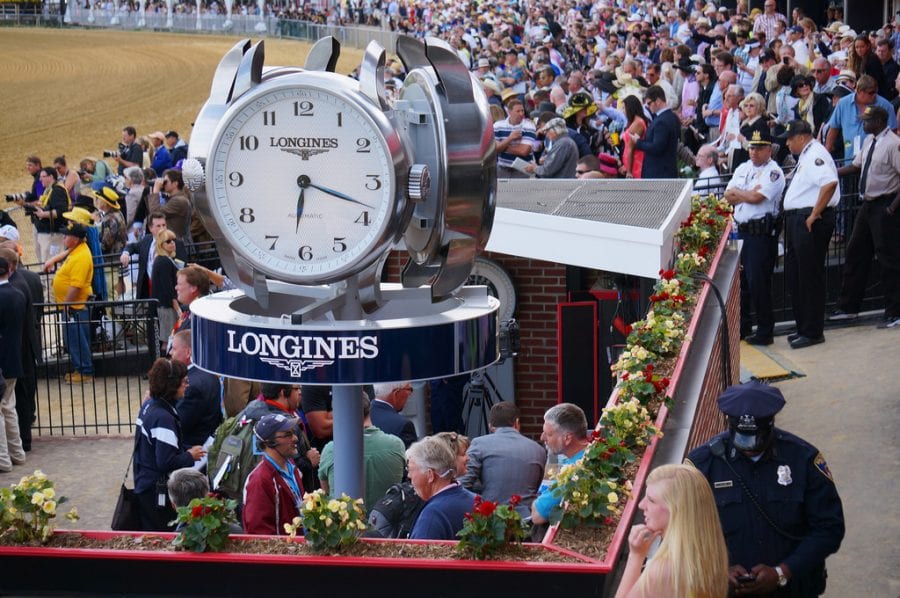
It’s about time. No, no, we mean that literally.
The Maryland Jockey Club’s (MJC) recent decision to scrap the GPS timing system it had been using and replace it with an old-school beam system is about time, and the GPS system’s inability to record it accurately. The change occurred January 29, sources said.
“We tested side by side and found the beams to be more accurate,” MJC president Sal Sinatra said via email.
The MJC initially switched from a beam system to GPS in December 2018. But after a bevy of track records fell – 10 in four months — an analysis by The Racing Biz revealed that the GPS system recorded consistently faster times than did the beam system, with the gap ranging up to 0.72 seconds and the average hitting 0.26 seconds.
While the numbers may seem small, 0.26 seconds is slightly more than the traditional notion of one length (a fifth of a second). In a sport where horses are often separated by the thinnest of margins, that can be an enormous difference.
The MJC scrapped the system in July of the following year, but the company said at the time that the change was simply “for the time being” while Equibase, the major company behind the GPS system, known as GMax, worked to improve the product.
- Argyle and Thoroughbred racing in the 1830s
 Connected to Supreme Court justices and governors, the Maryland-bred Argyle became one of the best horses of the 1830s. His story.
Connected to Supreme Court justices and governors, the Maryland-bred Argyle became one of the best horses of the 1830s. His story.
Equibase subsequently acquired the timing assets of a major competitor, American Teletimer, whose beam system was in use in Maryland and at many other tracks. Then it replaced the beam systems with the new Gmax system.
But the actual timing of races continued to be an issue.
In August, Del Mar was forced to hand-time its turf races after the Gmax timing of those races was found to be inconsistent.
After offering initial defensive statements – “Timing races is just a very small part of the GPS offering,” company president Jason Wilson said in August – Equibase subsequently said it would increase “our quality control efforts with respect to the GPS timing data.”
Those who make speed figures – critical both to horsemen and to the betting public – finally ran out of patience.
“The whole idea of speed figures is based on the fact that you’re starting with an accurate time and precision is crucial,” the dean of figs, Andrew Beyer, explained on Off to the Races Radio in September. “Now we have a more – supposedly — more sophisticated system coming in using GPS timing, but it’s not an improvement. In fact, we’re regressing and I’m very concerned that the spread of GPS timing is going to have a real serious negative effect on the quality of horse racing data.”
- Mid-Atlantic three stars: July 14, 2025
 Your five-minute read to catch up on racing highlights from around the Mid-Atlantic this past week!
Your five-minute read to catch up on racing highlights from around the Mid-Atlantic this past week!
In fact, Sinatra gave credit to the figure makers for spurring the change back to the beam system.
“The numbers guys… pointed out a lot of the discrepancies and were instrumental in the decision to go this route,” he said in an email.
And while last time around, the MJC’s switch was intended to be temporary, Sinatra said that’s not the case this time – at the Maryland tracks or at other tracks owned by the Stronach Group (TSG).
“It is permanent and TSG is in the process of doing similar at GP & SA [Gulfstream Park and Santa Anita],” he wrote, referencing two other racetracks owned by the company.
All of which is good news for fans, bettors, and figure makers. Now, about those run-ups…
LATEST NEWS


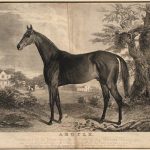


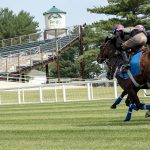
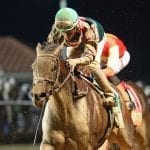


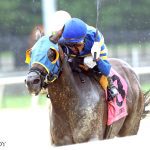






Are you advocating exact distances timed from the gate, or are you saying the run-ups as listed in the Equibase charts are incorrect? Also: what’s the deal with the “about” 1-1/16 M races at LRL? Equibase has been reporting them as exact for several years, DRF started reporting them as exact in their charts last November, and the DRF past performances still describe them as “about” in the race header.
Thanks for checking in, Tuna. I assume the run-ups in the charts are correct, but their very existence is kinda nuts. There’s basically an untimed period of 1-4 seconds in every race and a decent amount of variance between even races at the same distance. That’s useful information for the handicapper. Re: 1 1/16 – Equibase lists them as exact also. Not sure what the change has been.